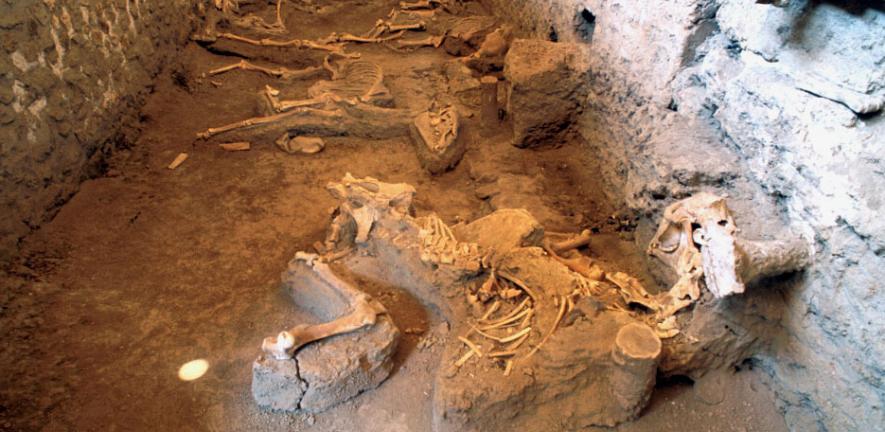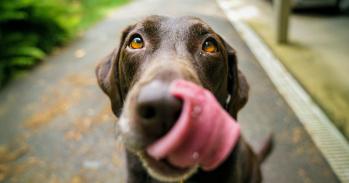
The identity of a mysterious breed of “horse” which has baffled experts since its remains were uncovered at Pompeii has been resolved by a Cambridge University researcher – who realised it was a donkey.
The identity of a mysterious breed of “horse” which has baffled experts since its remains were uncovered at Pompeii has been resolved by a Cambridge University researcher – who realised it was a donkey.
The horse DNA that appears to have been inadvertently mixed in with the donkey's genetic information is the same type as that found in another Herculaneum horse, which might be the source of the mistake.
Susan Gurney
Academics initially believed that they had unearthed a new, now-extinct, breed of horse when they analysed DNA sequences from skeletons found at a house in the ancient Roman town in 2004.
But Susan Gurney, working with Dr Peter Forster on horse genetics at the University of Cambridge, revisited the study and found that their initial excitement was misplaced.
Writing in the new issue of the Journal of Cellular Biochemistry, Gurney, from the University's Institute of Continuing Education, explains that there appears to have been a mix-up in the lab, which resulted in horse DNA being combined with that of a donkey to create an artificial hybrid.
The research could still prove important, however, as the newly identified donkey may well be the first proof that the "Somali" ass lineage normally found in Italy dates back to at least Roman times.
The original study six years ago analysed the skeletons of equids that belonged to a rich Roman household in Pompeii. All five were well preserved by the volcanic ash which covered Pompeii and the nearby settlement of Herculaneum when Mount Vesuvius erupted in AD79.
They were found in the stables at the house of the Casti Amanti (chaste lovers), so-called because its walls have frescoes depicting a romantic scene. This house was probably owned by Caius Iulius Polybius, a wealthy politician and baker in ancient Pompeii - as shown by the fact that the house contains an open oven and four wheat grindstones.
The team looked at the mitochondrial DNA sequences (mtDNA) of each of the horses. Four standard mtDNA types were quickly identified, but the fifth "horse" appeared to be of an exotic and mysterious DNA type no longer found today.
In a subsequent paper, the researchers reported that this must be from a different, unknown breed of horse, which had perhaps since disappeared.
When Susan Gurney re-examined the research, however, she realised that they had made an error in the laboratory, accidentally combining a donkey mtDNA sequence with that of a horse, and thus generating a hybrid which had actually never existed at all.
In her journal article, she explains that the first 177 nucleotides (molecules which form the structural units of a DNA sequence) match existing patterns for donkeys. The remaining 193 nucleotides match those of an existing breed of horse.
"Looking at the research with hindsight, it's possible to recognise two separate strands of horse and donkey DNA," she said. "In addition, the horse DNA that appears to have been inadvertently mixed in with the donkey's genetic information is the same type as that found in another Herculaneum horse, which might be the source of the mistake."
Despite the erroneous conclusion, however, the finding is still an important one: The donkey DNA finds its closest match with the DNA of domestic donkeys that are related to the Somali wild ass, typically found in Italy today.
In other European countries, asses are often descended from the Nubian lineage instead.
As a result, the ancient Pompeiian donkey DNA sequence, if confirmed, may well represent the origins of that division, and provide valuable early evidence that the Somali breed appeared in Italy at least as early as Roman times.
This work is licensed under a Creative Commons Licence. If you use this content on your site please link back to this page.





